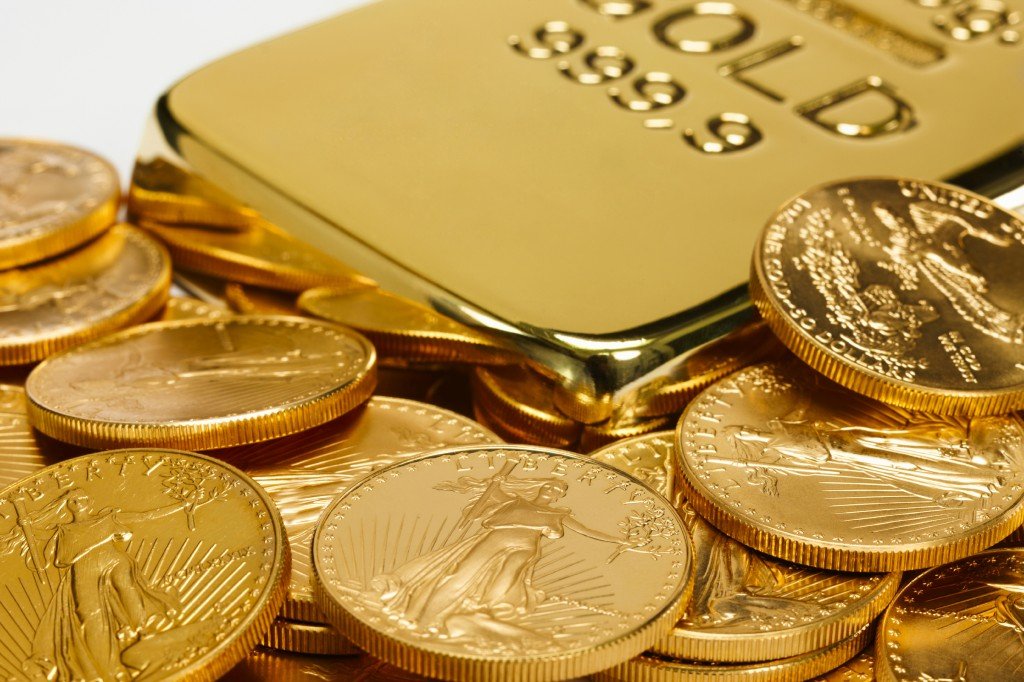Gold Price Rises Above $3,350 as Fed’s Dovish Shift, Sinking Dollar Fuel Demand for Bullion
Gold prices surged to above $3,350 in Friday’s North American session after dovish comments from Federal Reserve Governor Christopher Waller and a weakening US Dollar fueled demand for bullion. Waller’s endorsement of a possible July rate cut led the US Treasury yields down and made non-yielding instruments such as gold relatively more attractive. In contrast, the US Dollar Index declined to 98.48, making gold more attractive to foreign investors. Bullish sentiment from the University of Michigan’s consumer sentiment report, which showed weakening long-term inflation expectations, also propelled gold’s bullishness. Investors are now looking at upcoming US economic reports for further cues. KEY LOOKOUTS • Gold price climbed to $3,353, buoyed by dovish remarks from Fed Governor Christopher Waller who supported a rate cut in July. • US Dollar Index fell to 98.48, making gold more desirable to foreign investors since it becomes less expensive in other currencies. • University of Michigan Consumer Sentiment Index rose, while long-term inflation expectations relaxed, reinforcing the attractiveness of gold. • US Treasury yields softened, with 10-year yield decreasing to 4.421%, further increasing demand for non-interest-paying gold. Gold prices surged above the $3,350 mark on Friday, driven by a weaker US Dollar and dovish signals from the Federal Reserve. Fed Governor Christopher Waller’s support for a potential rate cut at the July meeting sparked a decline in US Treasury yields, which in turn lifted demand for the non-yielding metal. Adding to the positive sentiment, the University of Michigan’s consumer sentiment survey indicated better economic optimism and a decline in long-term inflation expectations. The weaker Dollar, as evidenced by the decline in the DXY to 98.48, also made gold more attractive to foreign buyers, adding to upward pressure on the precious metal. Gold rose above $3,350 after Fed Governor Waller’s dovish comments increased rate cut hopes and pushed US Treasury yields down. A softer US Dollar also underpinned gold prices, making the metal more appealing to foreign investors. • Gold price advanced to $3,353 after dovish words from Fed Governor Christopher Waller favoring a July rate cut. • The US Dollar Index slid to 98.48, enhancing the allure of gold for foreign investors. • US Treasury yields fell, hence non-yielding instruments such as gold became more desirable. • The University of Michigan Consumer Sentiment Index rose, signaling increasing optimism in the US economy. • Long-run inflation expectations relaxed, aiding gold’s safe-haven appeal. • Traders have priced in 45 basis points of Fed easing by the end of the year, higher than 42 bps before. • US economic releases, such as housing data, PMIs, and unemployment claims, next week could determine the direction of gold. Gold prices were heavily supported this week as bets for a July Fed rate cut strengthened. A dovish turn from Fed Governor Christopher Waller, who indicated that inflation is decelerating and the economy can use easier monetary policy, underpinned the price. His comments assisted in altering market sentiment, raising the prospect of policy easing by year-end. This shift in belief has boosted gold’s appeal as a safe-haven asset, particularly as investors want stability in a possibly falling interest rate environment. XAU/USD DAILY PRICE CHART SOURCE: TradingView Adding to gold’s momentum were last week’s figures in the University of Michigan Consumer Sentiment Survey, which indicated Americans are increasingly optimistic about the economy. Long-term inflation expectations were also revised lower, signaling increasing confidence in price stability. These trends combined with a muted US Dollar have made gold a growing choice for investors seeking to hedge eventual uncertainty while maintaining capital. TECHNICAL ANALYSIS Gold is holding a bullish chart pattern at the $3,350 level, with traders looking to key resistance points. A breakout above the weekly peak of $3,377 would open the way for a move into $3,400 and possibly the June 16 high of $3,452. A subsequent breakout would set the stage for a test of the all-time high at $3,500. The downside, however, is support at $3,300, which a break below might prompt a fall to the June 30 low of $3,246, with the 100-day Simple Moving Average coming in around $3,209. FORECAST Should bullish momentum prevail, gold may break out of the near-term resistance at $3,377, clearing the way for a rise towards $3,400. A sustained move above this point would indicate robust market optimism, pushing the price to the June 16 high of $3,452. If further support comes from economic data or Fed commentary on a dovish bias, gold could challenge the psychological level of $3,500 in the near future. On the other hand, if gold cannot maintain above the $3,350 region and drops below $3,300, it may provoke an even more serious correction. The second line of support would be near $3,246, the June 30 low, then the 100-day Simple Moving Average near $3,209. A reinforcing US Dollar, hawkish Fed cues, or resilient economic reports can all induce downward pressure on the metal.




